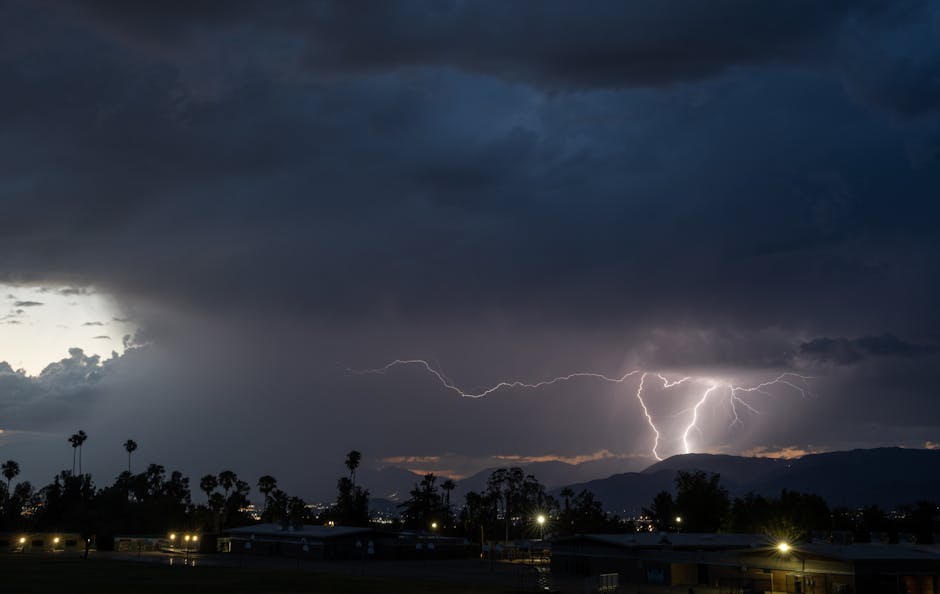The British Isles, a cluster of islands off the northwestern coast of mainland Europe, have a rich and complex history that stretches back thousands of years. But who were the first humans to set foot on these lands? The answer lies buried deep in the annals of prehistory, shaped by shifting climates, ancient migrations, and archaeological discoveries that continue to rewrite our understanding of early human settlement.
The Ice Age and the Land Bridge
Around 800,000 years ago, during the Pleistocene epoch, the British Isles were not islands at all. They were connected to mainland Europe by a landmass known as Doggerland, which spanned what is now the North Sea. This vast expanse of land was home to a variety of prehistoric animals, including mammoths, woolly rhinos, and giant deer. However, the harsh glacial conditions of the Ice Age made it inhospitable for early humans.
The first evidence of human presence in the British Isles dates back to approximately 900,000 years ago. Archaeologists discovered stone tools and footprints at Happisburgh in Norfolk, England, which are attributed to an early human species, likely Homo antecessor or Homo heidelbergensis. These early inhabitants were probably small groups of hunter-gatherers who ventured into the region during warmer interglacial periods when the climate was more temperate.
Neanderthals and the Middle Paleolithic
As the Ice Age progressed, the British Isles were repeatedly covered by glaciers, forcing early humans to abandon the region. It wasn’t until around 400,000 years ago, during a milder interglacial period, that humans returned. This time, they were Neanderthals (Homo neanderthalensis), a species well-adapted to the cold climates of Ice Age Europe.
Neanderthals left behind a wealth of archaeological evidence, including stone tools, animal bones, and fire pits. Sites like Swanscombe in Kent and Pontnewydd Cave in Wales provide glimpses into their lives. They were skilled hunters, relying on large game such as mammoths and bison, and they likely used fire for warmth and cooking. However, the cyclical nature of glaciation meant that human presence in the British Isles remained sporadic during this period.
The Arrival of Modern Humans
Around 45,000 years ago, modern humans (Homo sapiens) began to migrate into Europe, eventually replacing the Neanderthals. The British Isles, however, were not permanently settled until much later. During the Last Glacial Maximum, which occurred around 26,000 years ago, the region was once again covered by ice, and humans were forced to retreat to more hospitable areas.
It wasn’t until about 12,000 years ago, as the Ice Age waned and temperatures began to rise, that humans returned to the British Isles for good. This period, known as the Mesolithic era, saw the arrival of small, highly mobile groups of hunter-gatherers. They relied on the rich natural resources of the newly forested landscape, hunting deer, wild boar, and birds, and fishing in rivers and coastal waters.
The Cheddar Man and Genetic Clues
One of the most fascinating discoveries from this period is the Cheddar Man, a Mesolithic skeleton found in Gough’s Cave in Somerset, England. Dating back around 10,000 years, the Cheddar Man provides valuable insights into the lives of the first permanent settlers of the British Isles. Genetic analysis revealed that he had dark skin and blue eyes, challenging long-held assumptions about the appearance of early Europeans.
The DNA of the Cheddar Man also shows that around 10% of the modern British population shares a direct genetic link with him, highlighting the enduring legacy of these ancient inhabitants.
A Legacy Carved in Stone
The first humans to reach the British Isles were pioneers, braving harsh climates and vast landscapes to establish a foothold in a new world. From the early Homo antecessor to the Neanderthals and finally the modern humans of the Mesolithic era, their stories are etched into the very fabric of the land.
Today, as archaeologists continue to uncover new evidence, the history of the British Isles grows ever richer, reminding us of the resilience and ingenuity of our ancestors. Their journey is not just a tale of survival but a testament to the enduring human spirit that has shaped the world we know today.




